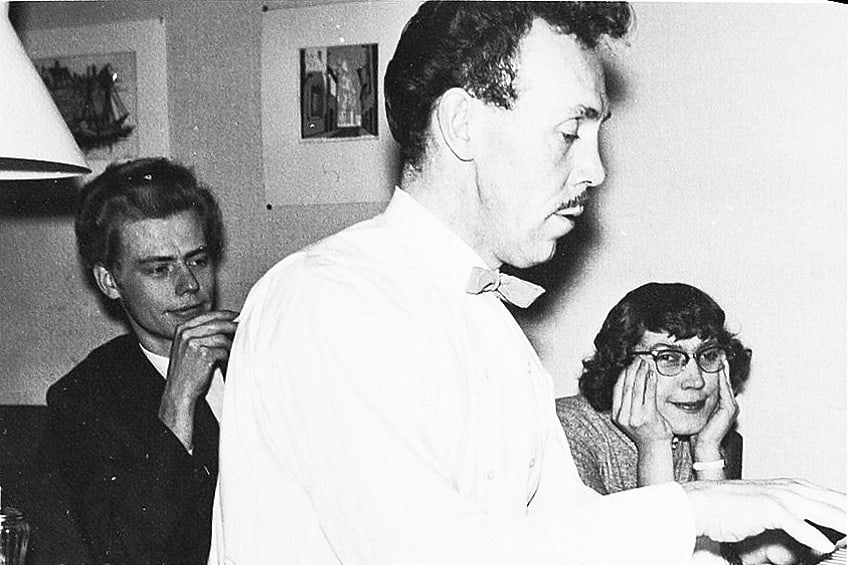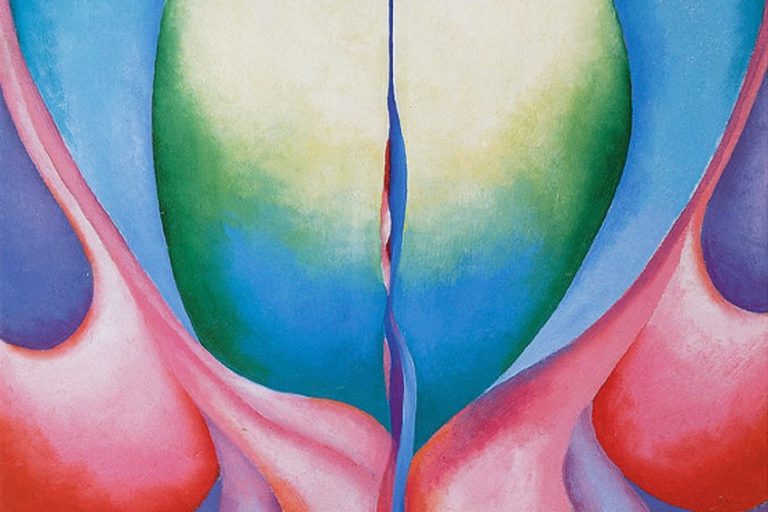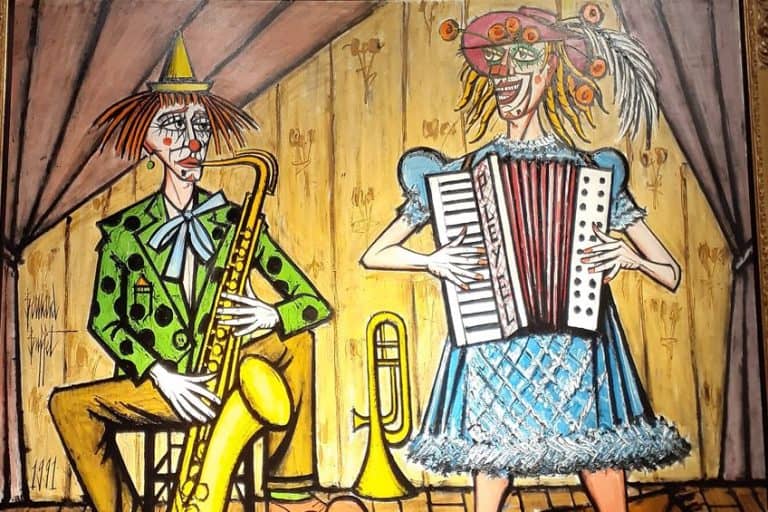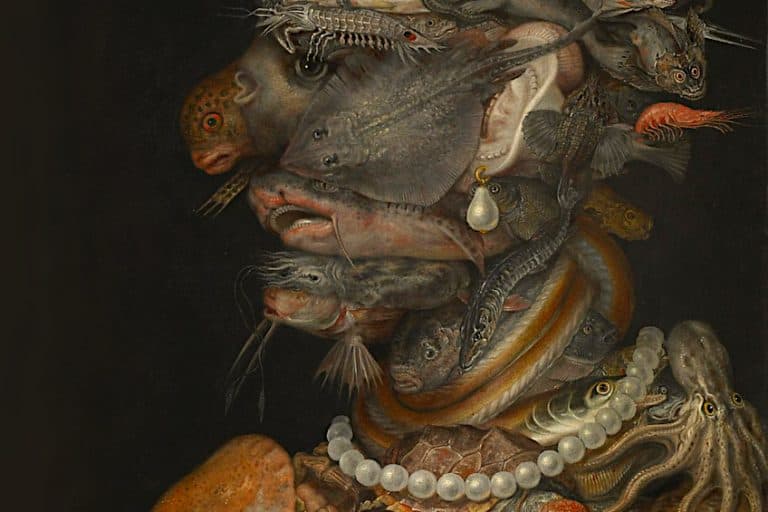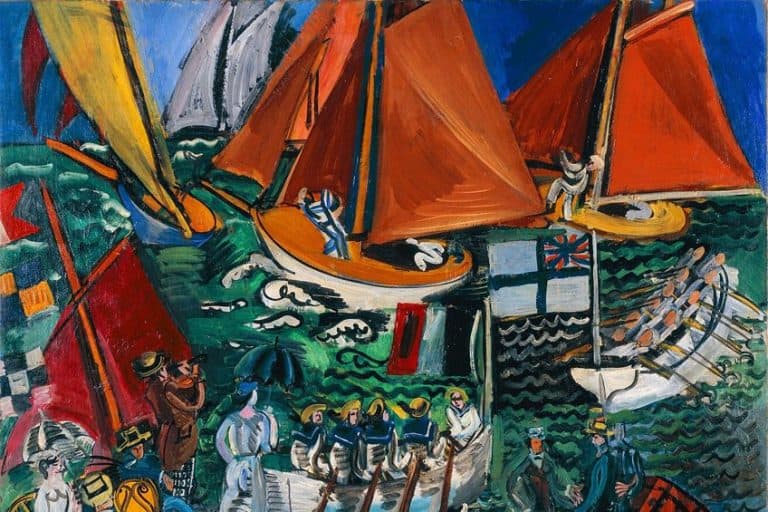Tom of Finland Art – A Look at the Influence of Touko Laaksonen on Art
The Finnish artist Touko Laaksonen is better known to most people as Tom of Finland. Tom of Finland’s art is noted for its exaggerated, extremely masculine-looking homoerotic imagery and its effect on late-20th-century homosexual society. Over about 40 years, around 3,500 of Tom of Finland’s drawings were produced, mainly featuring males with highly exaggerated features. Today we will be exploring Tom of Finland’s biography and art style.
Tom of Finland’s Biography
| Nationality | Finnish |
| Date of Birth | 8 May 1920 |
| Date of Death | 7 November 1991 |
| Place of Birth | Kaarina, Finland |
It’s hardly surprising that Tom of Finland was raised in a rural area, surrounded by rugged explorers, as seen by his beautifully portrayed pictures of burly men. Tom’s obsession with the rugged manliness of working males, which grew also to include mariners, law enforcement officers, and army personnel when he left his tiny community to explore art in Helsinki in 1939, even though his parents reared him in a home full of art, literary works, and music.
Tom was recruited into the army during WWII and loved the clothes and leather boots that came with them. His inherent creative aptitude was combined with his love of masculinity to produce homoerotic artworks that exalt the idealized masculine body.
Early Life
Touko Laaksonen was born on the 8th of May, 1920, in Kaarina, a small town in Finland nearby Turku, and reared by a middle-class family. Both of his parents worked as teachers at Kaarina’s elementary school. The family stayed in the connected living quarters of the school. He attended school in Turku and then came to Helsinki to pursue advertising in 1939 when he was 19 years old.
He began painting sensual drawings for his own enjoyment in his leisure time, based on photos of male laborers he had seen since he was a child.
He first kept these sketches secret, but “at least by the time [he] left to enlist in the military,” he burned them. In February 1940, he was drafted into the Finnish Army as the nation got entangled in the Winter War with the Soviet Union and subsequently formally participated in World War II. He had the position of the second lieutenant as an anti-aircraft soldier.

He subsequently blamed his fetishistic attraction to uniformed males on experiences with servicemen in uniform, particularly German Wehrmacht troops stationed in Finland at the time. “I make no political or ideological remarks in my artworks. I’m just thinking about the image right now. I despise the Nazi worldview, bigotry, and everything else, but I had to draw them since they had the hottest outfits!” he said in an interview. In 1945, he went back to school after the war.
In comparison to later works, Tom of Finland’s artwork from this time is regarded as more romantic and gentler, with delicate contours.
The males shown were middle-class, in a contrast to the seafarers, bikers, roughnecks, maintenance workers, and other characteristically super macho working-class groups depicted in his later works. Another significant contrast is his latter work’s absence of dramatic compositions, self-assured stances, strong physique, and “distant foreign locations.”
Early Career
He sent sketches to the prominent American magazine Physique Magazine, which published them in the 1957 Spring edition under the alias Tom, which he chose because it sounded similar to his given name Touko. In that year, publisher Bob Mizer invented the nickname Tom of Finland in the Winter edition. One of his paintings, representing two log haulers working with a third person monitoring them, was published on the front of the Spring 1957 issue.
He accentuated and reinforced homoerotic possibility by putting it in a homosexual context, a method he used throughout his profession, based on Finnish folklore of woodcutters embodying powerful masculinity.
The growth of motorcycle culture in the post-World War II era was seen as a rejection of the restructuring and standardization of society following the war, with its traditionalist, stable lifestyle. The biker community was both marginal and antagonistic, providing postwar homosexual men with romanticized masculinity that encompassed defiance and danger.
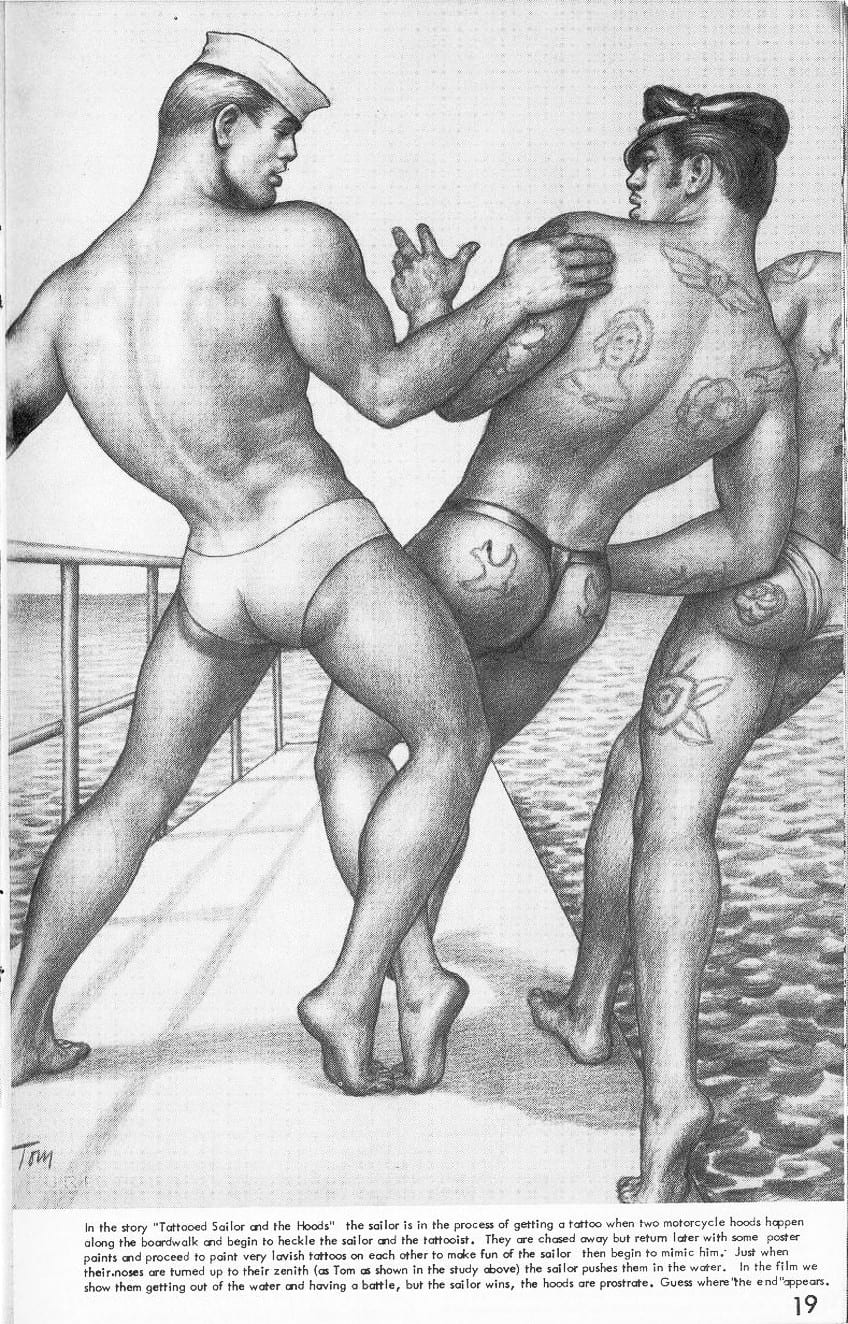
This was in opposition to the pre-existing preconceptions of homosexual men as effeminate sissies, which had been prevalent in vaudeville and cinema since the beginning of the business. Images of motorcyclists and artworks by Etienne and George Quaintance, among others, that he recognized as his forerunners, were distributed to homosexual audiences via homoerotic physique magazines beginning in 1950.
Tom of Finland’s illustrations of bikers made use of the leather and denim clothing that set them apart from normal society and implied they were wild, muscular, and self-empowered.
In comparison, the conventional, professional, and psychologically sorrowful and delicate young homosexual man who is passive does not exist. Touko Laaksonen’s drawings of the period may be understood as bringing together a variety of variables, styles, and ideologies already present in homosexual subcultures in the 1950s, which may have resulted in their widespread distribution and popularization within those cultures. Launching his professional life in 1958 as a design executive at McCann Helsinki, a renowned marketing firm, fueled his imagination even further.
The Decades of Censorship Issues
In the late 1950s and early 1960s, censorship laws in the United States limited depictions of overt homosexual conduct, which inspired Tom of Finland’s art and material. His images were mostly published in the beefcake category, which emerged in the 1930s and showcased photos of handsome, youthful men in athletic stances, frequently performing exercises.
Their major target audience was homosexual males, but due to the conservative and discriminatory social climate of the time, gay pornography was banned, thus the magazines were often marketed as fitness and nutrition magazines.
Closeted men’s sole link to their sexuality was typically through them. Nevertheless, by this time, he was working on private commissions, therefore he was producing more explicit art that stayed unpublished. Apart from his employment at the advertising firm, Tom of Finland had a modest mail-order company, sending out replicas of his work all over the world, albeit he didn’t make much money from it. The US Supreme Court declared in a 1962 decision that naked male images were not inherently indecent.
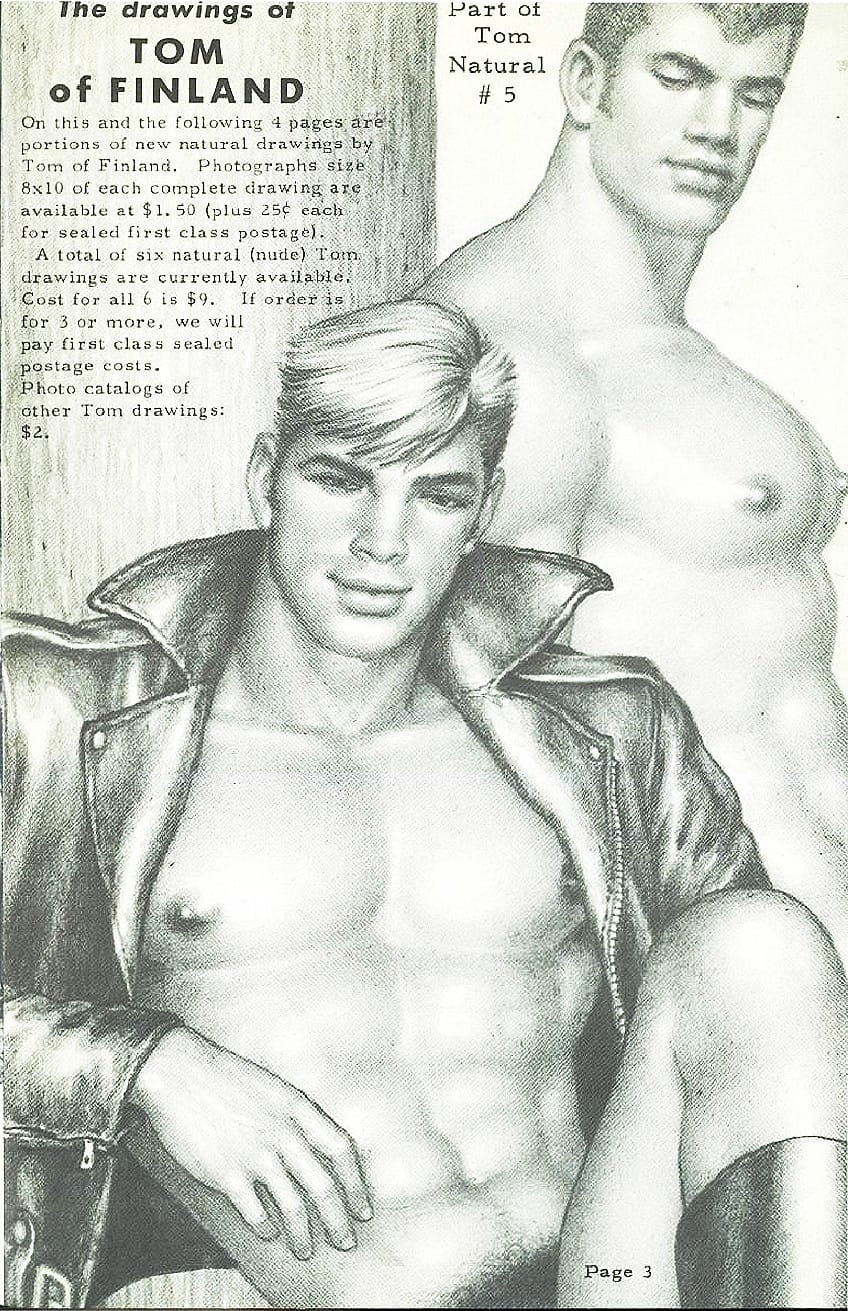
Softcore homosexual pornography periodicals and videos with totally naked, some tumescent models appeared soon, and the façade of being about fitness and health was eliminated when pornographic rules were relaxed. The demand for beefcake publications had plummeted by the end of the 1960s.
Touko Laaksonen was allowed to publish his more blatantly homoerotic art, which altered the landscape by providing new opportunities and traditions for presenting frontal sexual content in periodicals and films.
He retaliated by releasing more detailed drawings and stylizing the fanciful parts of his characters with accentuated physical features, notably their sexual organs and muscles. In the late 1960s, he created Kake, a figure who first appeared in a series of comic books in 1968.
The Decades of Homosexual Mainstream Appeal
With the liberalization of male nudity, homosexual pornography and Tom of Finland’s drawings became more popular in gay communities. He was creating pornographic comic novels and having shows in the commercial art scene by 1973. In 1973, he left his full-time employment at McCann. “I’ve stayed in jeans and survived on my artwork since then,” he said of the lifestyle change that happened at this time.
He began to emphasize a photorealistic technique in the mid-1970s, making parts of the works look more photographic. Many of his works are inspired by images, although none of them are exact replicas.

On the one hand, he uses photographic motivation to produce lifelike, almost living images with believable and energetic postures and movements, while on the other hand, he amplifies physical traits and shows his ideal of manly beauty and physical desire, mixing realism with fantasy. The photos and the sketches based on them are exhibited side by side in certain publications. Contemporary art scholars have viewed the images as full pieces of art that stood on their own, even though he regarded them to be only reference aids for his paintings.
The Tom of Finland Foundation was founded in 1984 with the goal of collecting, preserving, and exhibiting homoerotic artwork.
In 1979, he co-founded the Tom of Finland Company with entrepreneur and colleague Durk Dehner to protect the copyrights on his paintings, which had been frequently stolen. He was fairly famous at this stage, with Tom of Finland’s biography on the best-selling chart and a monograph of his paintings reprinted and expanded by Benedikt Taschen, the world’s greatest art book publisher. The organization’s focus widened to include all sorts of erotic artwork, and it sponsored prizes, and exhibitions, and laid the basis for an erotic museum of art.
Late Years and Death
Throughout the 1980s, Tom’s excursions to America grew in frequency until he was staying six months in Los Angeles with Durk Dehner for every six months he lived in Helsinki. Tom was compelled to cut back on his cherished travels after being diagnosed with emphysema in 1988, but he continued to sketch. Tom reverted to a boyhood favorite, pastel when the illness and medicines caused his hands to shake too much for him to perform the intricate work for which he had become renowned.
He painted a richly colored succession of nude pictures in that form of media almost until his passing from a stroke.

Reception
Tom of Finland’s art has elicited both praise and scorn from various corners of the creative world throughout his lifespan and beyond. Touko Laaksonen became acquaintances with homosexual photographer Robert Mapplethorpe, whose work exhibiting sadomasochism and sexual imagery drew criticism as well.
The romantic presentation of men in Nazi regalia was a contentious issue in his works.
Although they are a minor part of his total work, their normally favorable aesthetic presentation has caused some observers to infer sympathy or fondness for Nazism, and they have been excluded from most contemporary collections of his work. He later repudiated this work and worked hard to distance himself and his works from nazi or racist views.
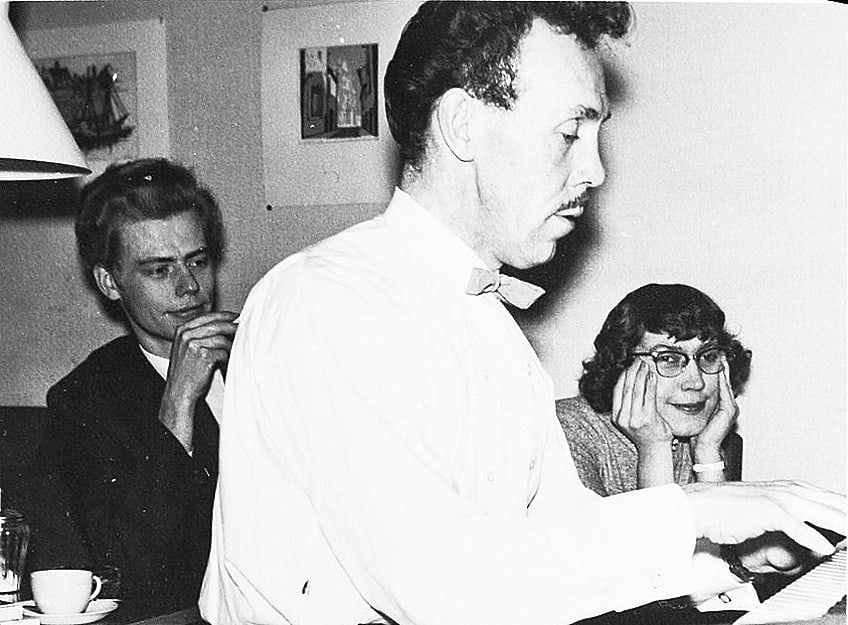
He also included a large number of black males in his paintings, with no overt social or political statement in the circumstances in which they appear; while they contain some qualities with racist stereotypes of the “hypersexual” black man, his white figures also possess same traits. Tom of Finland’s drawings has received mixed reviews from reviewers.
His meticulous drawing skill has earned him the moniker “master with a pencil,” yet a critic for the Dutch daily Het Parool called his artwork “illustrative but lacks expressive power.”
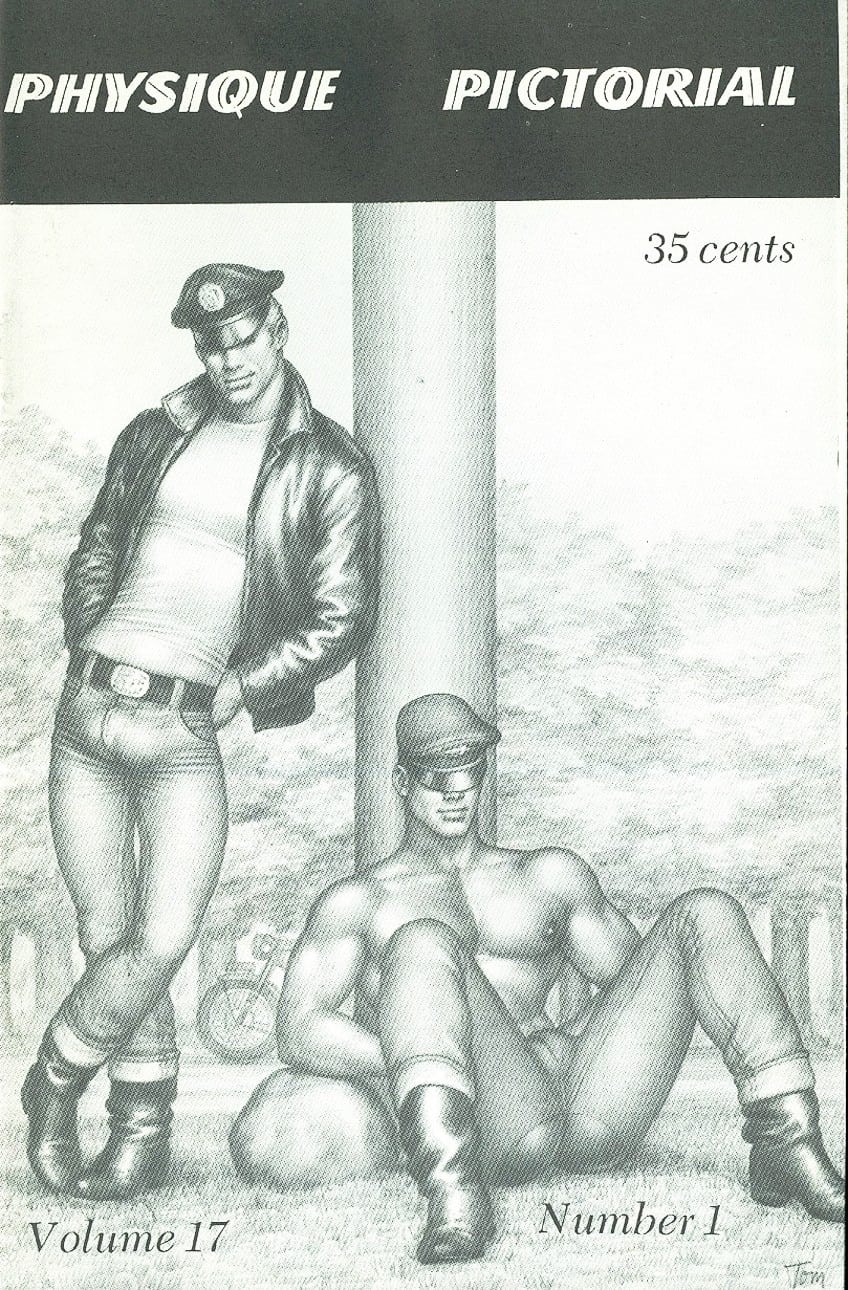
There is debate as to whether his representation of “supermen” – masculine creatures with enormous genital organs and muscles – is simplistic and repulsive, or whether the art has a deeper depth that plays with and subverts prejudices.
Some commentators have detected apparent affection between normally gruff, male characters or humorous smiles in sadomasochistic moments, for example.
In either instance, a sizable audience admires the work only for its functional use; as Rob Meijer, proprietor of an Amsterdam leather shop and art gallery, puts it, “These sculptures are not discussion pieces, they’re masturbatory pieces.”
Legacy and Cultural Impact
Despite his warm description, Tom of Finland’s art must be regarded as more than dirty drawings, and recognition for the transformation in the LGBT world’s self-image must be acknowledged. When Tom of Finland’s drawings were originally released, gays believed they had to be imitators of women and lived in the shadows. Gays were significantly more likely to be machos in boots and leathers 35 years later, with their masculinity embodied.
Tom’s impact in that area was not an unintended consequence of his creativity. He worked hard from the start to develop a good, upbeat attitude in his job.
Influence on Clothing and Fashion
“I try very hard to ensure that the men I picture engaging in sexual activity are confident men having joyful sex!” he said passionately when asked whether he was uncomfortable that all of his paintings depicted men having sex.
Tom of Finland Clothing Company launched a clothing line inspired by his designs in 1995, which includes a wide range of outfits in addition to his signature cutoff jeans-and-jacket appearance.
The fashion brand combines the artworks’ inherent homoeroticism with modern fashion subculture, and their runway displays take place in many of the same locations as other fashion businesses. While his art has been chastised for adhering to male tropes at times, the level to which it challenges mimics, and parodies them is far from straight. ‘That’s also ours, but we’re doing it finer, and we’re also mocking it,’ it says, defying traditional masculinity. It, therefore, imposes on the straight man the same type of elitism that was previously imposed on the gay man.
It also opens the door for straight males to aspire to what he depicts as a gay presentation. It’s also worth mentioning that his figures were always from the working class: seamen, military, maintenance workers, policemen, and so on. Starting with the Brando style, there was a subversiveness associated with working-class identity, which Laaksonen’s art absorbed as well. The Brando jacket is a bomber-style jacket. The white T-shirt is an undershirt, and the white T-shirt is undergarments.
It’s a form of non-style that’s uninspired, haphazard, and unimaginative.
Jeans represent the laborer, the jacket represents the warrior, and the cap represents both the shipyard employee and the combatant. The concept of having to rebel is represented by a variety of signifiers with roots in the underclass and aggressiveness. He went all out with the appearance. He invented a homosexual Olympus as a substitute universe with superhuman beings.
The superhumans, on the other hand, have a different type of heroism because they take liberties with class, employing the concept of low-rent as both a way of accessing diversity and a violation of the class hierarchies connected with hetero-normative, post-imperialism.
Tom of Finland’s artwork pushed this type of outfit so far into the realm of the sexual that wearing it became a signal of sexuality personified.
Film
Daddy and the Muscle Academy was a documentary film made by Filmitakomo in 1991. His muscled, painstakingly produced icons of manhood garnered public attention when the biopic – which contains hundreds of pictures of his artwork as well as personal interviews – was launched in Finland, and was projected at film festivals and art houses around the world.
One critic remarked on the film’s portrayal of him as a homosexual pride figure while omitting his artwork’s “similarity to both sadomasochism and Fascist painting,” which she linked to his initial sexual encounters with German servicemen during World War II.
Famous Artworks
Due to his groundbreaking portrayal of the masculine body, Tom of Finland is widely acknowledged as one of the most significant artists of the 20th century. One of the most imaginative depictions of the human form in recent times is his paintings of wonderfully muscled males absorbed in acts of homoerotic yearning.
These images of gay men as macho, self-assured, and unafraid–equally subversive for their near-illicit, clandestine distribution–spawned a strong gay iconography and free attitude that has influenced pop culture, artwork, clothing, and human rights. Here are a few examples of Tom of Finland’s drawings.
- Sailor’s Dream (1959)
- Buddies (1973)
- Untitled (from Kake vol. 17) (1975)
- Untitled (from Camping) (1976)
- Untitled (from Sex on the Train) (1985)
Reading Recommendations
Today we explored Tom of Finland’s biography and art style. If you want to learn what else Touko Laaksonen is famous for, then why don’t you check out one of his books. Here are a few that we have selected for you to choose from.
Tom of Finland: The Complete Kake Comics (2014) by Dian Hanson
Tom of Finland started toying with the notion of creating a continuing character in 1965., the ideal Man, for his panel adventures. He tested a blond named Vicky, a typical Finnish male name, and then a Tarzan-inspired Jack. In 1968, he chose Kake, a mustached leather man who sported a snug white T-shirt with the phrase “Fucker” on it.
Kake lived up to his title, a hyper-masculine who rode his motorcycle across the world spreading the fruits of liberated, mutually gratifying, ecstatically frank homosexual sex. Kake’s international supporters made him the pattern for what became known as the homosexual copy look of the 1970s, and Tom played out many of his most intimate desires via him.
- Collects all 26 of Tom's Kake stories in one volume
- Good quality reproduction of the original comics
- Additional commentary included
Tom of Finland: An Imaginary Sketchbook (2022) by Juerg Judin
Tom of Finland, despite being at odds with art history, is one of the most popular painters of the late 20th century. He nearly single-handedly revolutionized the way gays were regarded by society, and, more crucially, how they perceived themselves, through his famous photos. Throughout a nearly 60-year career, he created a large work devoted almost completely to one subject: men, their physique, and their sensuality.
- Assembles a cross-section of several characters as devised by Tom
- Preparatory drawings that reveal Tom's painstaking craftsmanship
- Lets the viewer share in his exuberant joie de vivre
For his pioneering rendering of the masculine body, Tom of Finland is widely acknowledged as one of the 20 century’s most important artists. His dirty drawings, which he started producing while he was a teen, were the main center of his interest during this formative era and throughout his life. These magnificent depictions of virile men absorbed in acts of homoerotic desire might be interpreted in a variety of ways – art historical, sociological, technical – but each one emphasizes his project’s revolutionary character. A brilliant draftsman who became a tremendous cultural force thanks to his enthusiasm for both his technique and his content.
Frequently Asked Questions
Who Is Tom of Finland?
Tom of Finland was a well-known artist who helped bring gay fashion and lifestyle to the mainstream world with his art. Tom, along with the 1950s physique photographers, has now been identified as the people who created the concept of the Leatherman that has endured to this day. This age was established – and documented – by Tom. His designs shattered not just the borders of the gay culture at the time, but also the bounds of straight leather motorcycle clubs.
Why Is the Art of Tom of Finland Important?
Tom of Finland has never considered himself a highbrow painter or a member of the elite. His style blurred the lines between art and pornography, and he frequently stated that his motive for doing so was lower than art, claiming an instinctive urge to produce positive representations of masculinity that challenged conventional gender conceptions. Tom’s work aggressively challenges homophobic and heteronormative macho clichés seen in photos of his subjects.
Isabella studied at the University of Cape Town in South Africa and graduated with a Bachelor of Arts majoring in English Literature & Language and Psychology. Throughout her undergraduate years, she took Art History as an additional subject and absolutely loved it. Building on from her art history knowledge that began in high school, art has always been a particular area of fascination for her. From learning about artworks previously unknown to her, or sharpening her existing understanding of specific works, the ability to continue learning within this interesting sphere excites her greatly.
Her focal points of interest in art history encompass profiling specific artists and art movements, as it is these areas where she is able to really dig deep into the rich narrative of the art world. Additionally, she particularly enjoys exploring the different artistic styles of the 20th century, as well as the important impact that female artists have had on the development of art history.
Learn more about Isabella Meyer and the Art in Context Team.
Cite this Article
Isabella, Meyer, “Tom of Finland Art – A Look at the Influence of Touko Laaksonen on Art.” Art in Context. June 28, 2022. URL: https://artincontext.org/tom-of-finland-art/
Meyer, I. (2022, 28 June). Tom of Finland Art – A Look at the Influence of Touko Laaksonen on Art. Art in Context. https://artincontext.org/tom-of-finland-art/
Meyer, Isabella. “Tom of Finland Art – A Look at the Influence of Touko Laaksonen on Art.” Art in Context, June 28, 2022. https://artincontext.org/tom-of-finland-art/.


